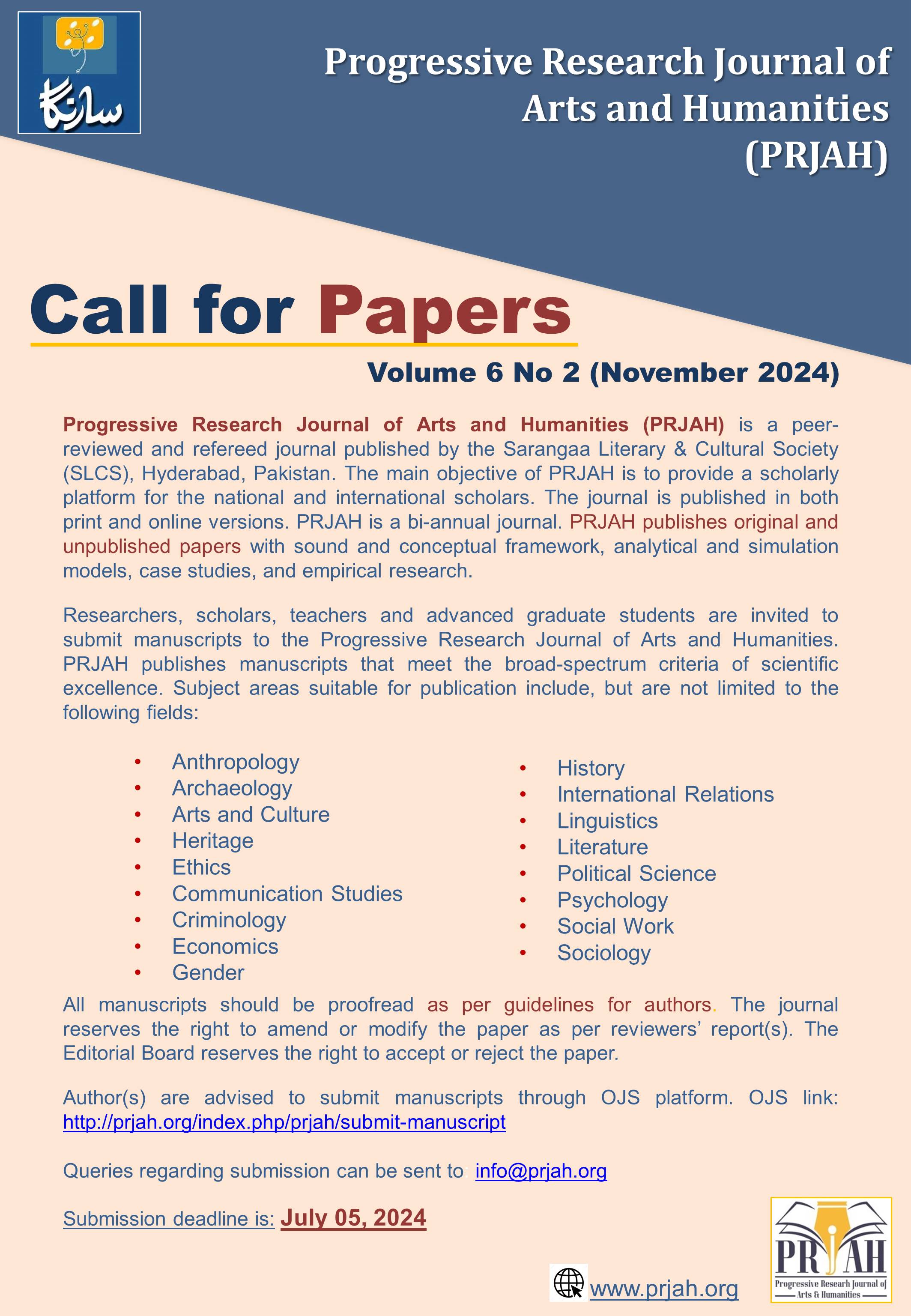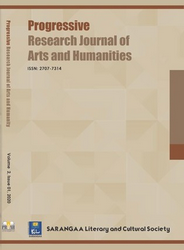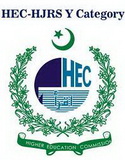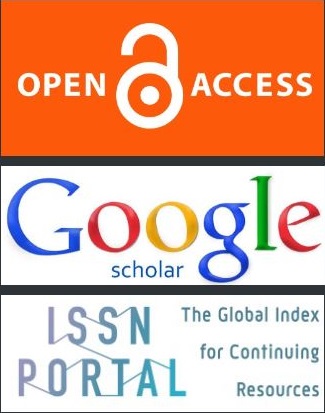Social Media Causing Communication Gap: A Study of Middle-Class Families in Latifabad, Hyderabad, Pakistan
DOI:
https://doi.org/10.51872/prjah.vol2.Iss1.23Keywords:
Social Media, Social Networking Sites, Communication Gap, Online Relationship, Family RelationshipAbstract
In family communication, the effective communication stands as the base of strong relations among the family members. However, a little gap in communication weakens family relationships and creates severe problems. Like all types of advanced communication channels; the advent of social media has also facilitated the effectiveness of interface among people. Although, social media's instantaneous communication process ended the communication gap among masses. Thus, many scholars believed that it has also created a communication gap among humans, especially in family communication. In this way, this study aimed to examine the communication gap created by social media among middle-class families of sub-division Latifabad Sindh, Pakistan. The researchers adopted a focus group discussion technique to collect data from three middle-class families. The result of this study shows that most of the focus group participants prefer communication in interpersonal communication settings. Further, it reveals that the majority of the family members use social media by smartphone, tabs and laptops. Significantly, the findings of this study emerged that social media creates a communication gap among middle-class families of Latifabad Hyderabad, Sindh –Pakistan.






